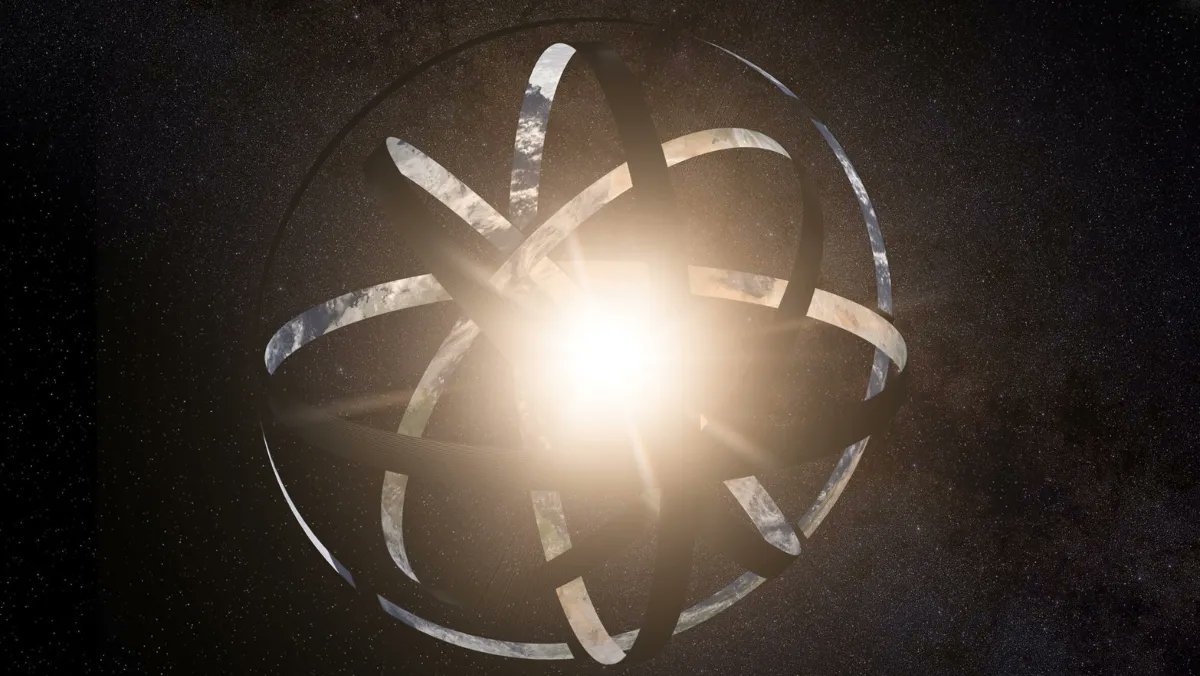NASA has sent a whole host of spacecraft across the Solar System and even beyond. They range from crewed ships to orbit and to the Moon to robotic explorers. Among them are a range of mission classes from Flagships to Discovery Class programs. Now a new category has been announced: Probe Explorers. This new category will fill the gap between Flagship and smaller missions. Among them are two proposed missions; the Advanced X-ray Imaging Satellite and the Probe Far-Infrared Mission for Astrophysics.
Continue reading “NASA Announces a New Class of Space Missions: Probe Explorers”Webb Sees Globular Clusters Forming in the Early Universe

Picture the Universe’s ancient beginnings. In the vast darkness, light was emitted from a particular galaxy only 460 million years after the Big Bang. On the way, the light was shifted into the infrared and magnified by a massive gravitational lens before finally reaching the James Webb Space Telescope.
The galaxy is called the Cosmic Gems arc, and it held some surprises for astronomers.
Continue reading “Webb Sees Globular Clusters Forming in the Early Universe”Astronomers are on the Hunt for Dyson Spheres

There’s something poetic about humanity’s attempt to detect other civilizations somewhere in the Milky Way’s expanse. There’s also something futile about it. But we’re not going to stop. There’s little doubt about that.
One group of scientists thinks that we may already have detected technosignatures from a technological civilization’s Dyson Spheres, but the detection is hidden in our vast troves of astronomical data.
Continue reading “Astronomers are on the Hunt for Dyson Spheres”A New Weather Feature was Hiding in JWST’s Picture of Jupiter

In July 2022, NASA’s James Webb Space Telescope (JWST) used its NIRCam (Near-Infrared Camera) to capture stunning infrared images of the largest planet in the solar system, Jupiter. Within these striking images, scientists recently discovered a jet stream in the northern latitudes just over Jupiter’s equator and 20-35 kilometers (12-21 miles) above Jupiter’s cloud tops. This jet stream stretches approximately 4,800 kilometers (3,000 miles) with speeds of 515 kilometers per hour (320 miles per hour), more than double the speed of a Category 5 hurricane on Earth.
Continue reading “A New Weather Feature was Hiding in JWST’s Picture of Jupiter”Compare Images of a Galaxy Seen by Both Hubble and JWST
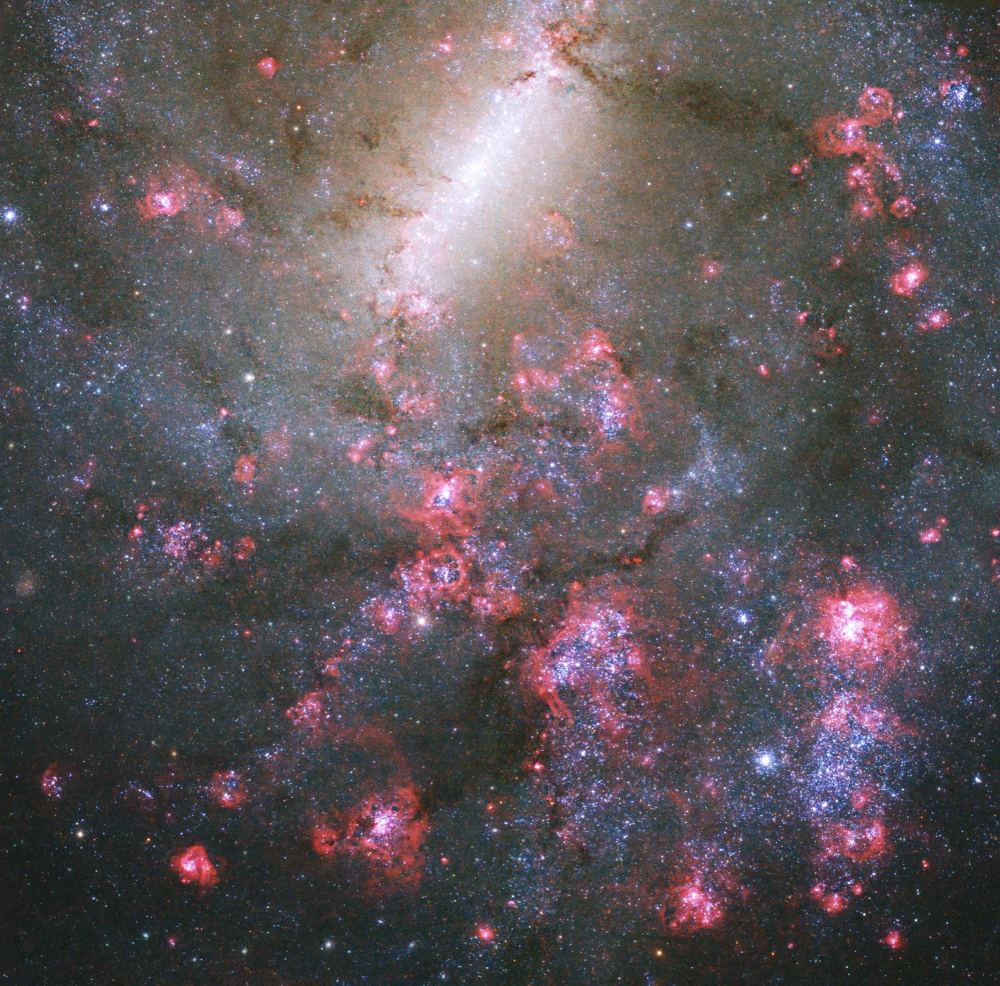
The James Webb Space Telescope is widely considered to be better than the Hubble Space Telescope. But the JWST doesn’t replace its elder sibling; it’s the Hubble’s successor. The Hubble is nowhere near ready to retire. It’s still a powerful science instrument with lots to contribute. Comparing images of the same object, NGC 5068, from both telescopes illustrates each one’s value and how they can work together.
Continue reading “Compare Images of a Galaxy Seen by Both Hubble and JWST”Here’s M74 Like You’ve Never Seen it Before, Thanks to Judy Schmidt and JWST
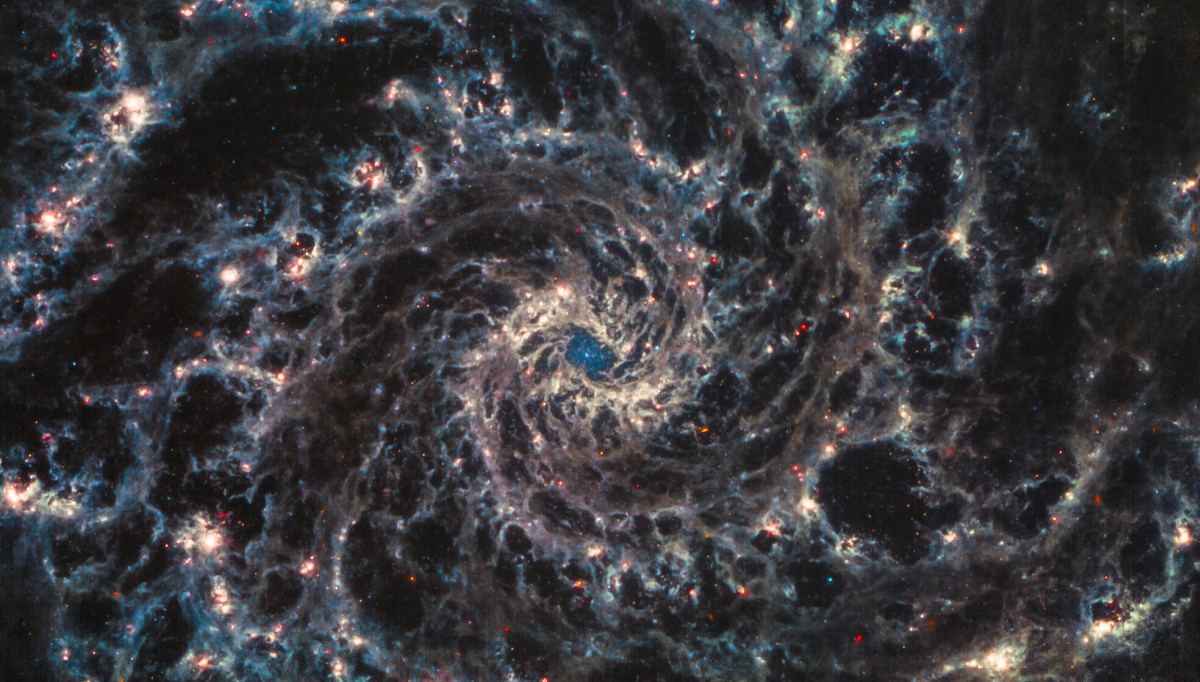
The JWST is grabbing headlines and eyeballs as its mission gains momentum. The telescope recently imaged M74 (NGC 628) with its Mid-Infrared Instrument (MIRI.) Judy Schmidt, a well-known amateur astronomy image processor, has worked on the image to bring out more detail.
Continue reading “Here’s M74 Like You’ve Never Seen it Before, Thanks to Judy Schmidt and JWST”If There are Dyson Spheres Around White Dwarfs, We Should be Able to Detect Them
Searching for Dyson spheres, rings, or swarms remains a preoccupation of many astronomers. If there are any out there, they will eventually be found, and the person or research team to do so will go down in history for making one of the most momentous discoveries in the history of humanity. If you’re interested in claiming that accolade for yourself, an excellent place to look may be around white dwarfs. At least, that’s the theory put forward in a new paper by Benjamin Zuckerman, a now-retired professor of astrophysics at UCLA.
Continue reading “If There are Dyson Spheres Around White Dwarfs, We Should be Able to Detect Them”NASA has Approved a Space Telescope That Will Scan the Skies for Dangerous Near-Earth Asteroids
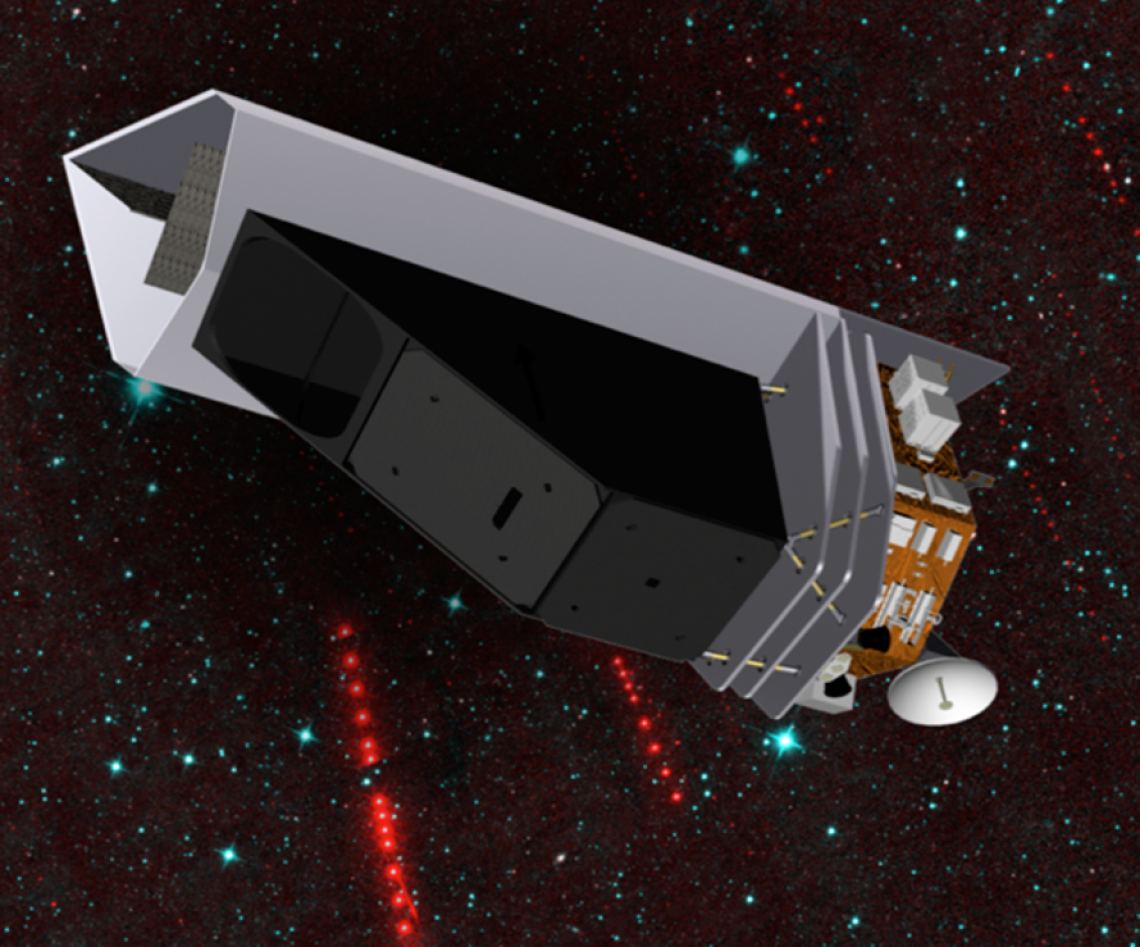
A lot of the threats humanity faces come from ourselves. If we were listing them, we’d include tribalism, greed, and the fact that we’re evolved primates, and our brains have a lot in common with animal brains. Our animalistic brains subject us to many of the same destructive emotions and impulses that animals are subject to. We wage war and become embroiled in intergenerational conflicts. There are genocides, pogroms, doomed boatloads of migrants, and horrible mashups of all three.
Isn’t humanity fun?
But not all of the threats we face are as intractable as our internal ones. Some threats are external, and we can leverage our technologies and our knowledge of nature in the struggle against them. Case in point: asteroids.
Continue reading “NASA has Approved a Space Telescope That Will Scan the Skies for Dangerous Near-Earth Asteroids”What Telescope Will Be Needed to See the First Stars in the Universe? The Ultimately Large Telescope
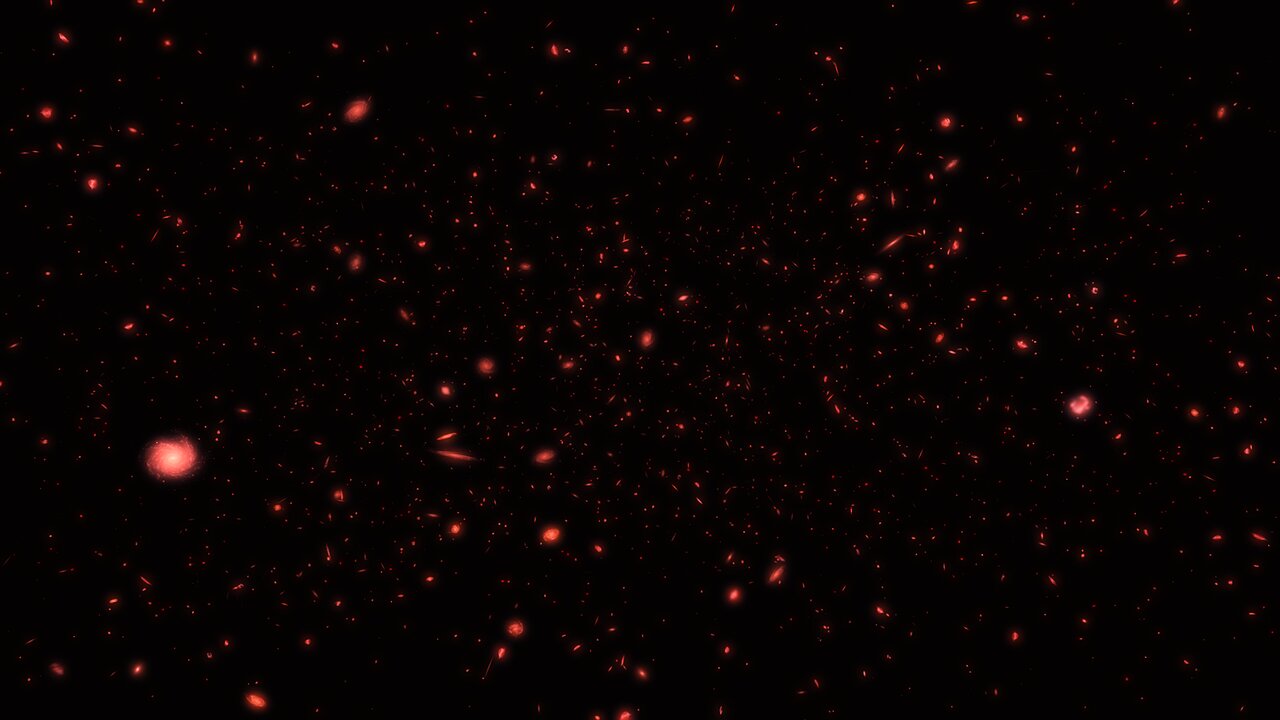
The oldest stars in the Universe are cloaked in darkness. Their redshift is so high, we can only wonder about them. The James Webb Space Telescope will be our most effective telescope for observing the very early Universe, and should observe out to z = 15. But even it has limitations.
To observe the Universe’s very first stars, we need a bigger telescope. The Ultimately Large Telescope.
Continue reading “What Telescope Will Be Needed to See the First Stars in the Universe? The Ultimately Large Telescope”Good-bye Spitzer. We’ll Miss You But We Won’t Forget You.
NASA’s Spitzer Space Telescope has reached the end of its life. Its mission was to study objects in the infrared, and it excelled at that since it was launched in 2003. But every mission has an end, and on January 30th 2020, Spitzer shut down.
Continue reading “Good-bye Spitzer. We’ll Miss You But We Won’t Forget You.”

